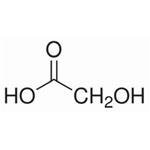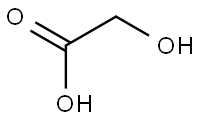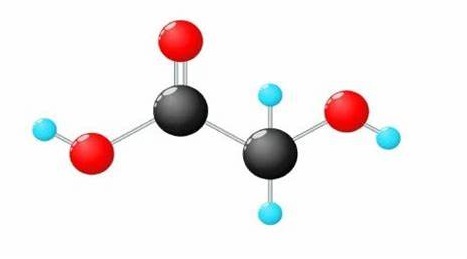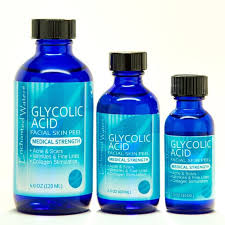Glycolic Acid: A Comprehensive Overview of Its Production, Composition, and Applications in Chemistry
Glycolic acid is a type of alpha hydroxy acid (AHA). Alpha hydroxy acids are natural acids found in foods. Glycolic acid comes from sugarcane. Alpha hydroxy acids like glycolic acid work by removing the top layers of dead skin cells.

Production
Glycolic acid can be synthesized in various ways. The predominant approaches use a catalyzed reaction of formaldehyde with synthesis gas (carbonylation of formaldehyde), for its low cost.
It is also prepared by the reaction of chloroacetic acid with sodium hydroxide followed by re-acidification. It can also be prepared using an enzymatic biochemical process that may require less energy.
Applications in Chemistry
Cosmetic and pharmaceutical companies include glycolic acid in topical products to treat skin conditions or to improve skin texture and appearance.
Glycolic acid can remove the very top layer of skin cells without the need for scrubbing, which can cause irritation. It is also usefulTrusted Source in treatments for acne, hyperpigmentation, and the visible signs of aging.
You may like
Related articles And Qustion
Lastest Price from Glycolic acid manufacturers

US $3.80-3.00/KG2025-07-18
- CAS:
- 79-14-1
- Min. Order:
- 1000KG
- Purity:
- 70-72%
- Supply Ability:
- 500 tons

US $0.00-0.00/kg2025-06-11
- CAS:
- 79-14-1
- Min. Order:
- 0.001kg
- Purity:
- 99.99%
- Supply Ability:
- 20000T





